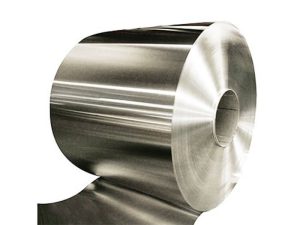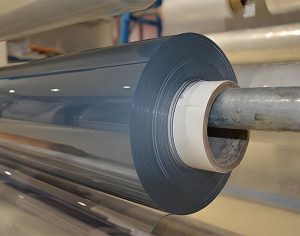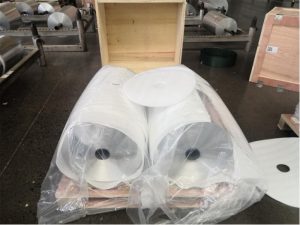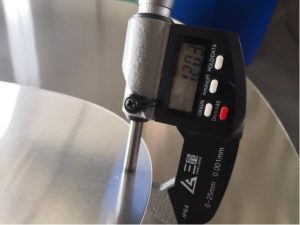Introduction
Welcome to Huasheng Aluminum, your one-stop-shop for all things aluminum foil. In this comprehensive guide, we will explore the world of household aluminum foil, a product that has become an indispensable part of our daily lives. From its humble beginnings to its current status as a kitchen essential, aluminum foil has come a long way. Let’s dive into the details of this versatile material.
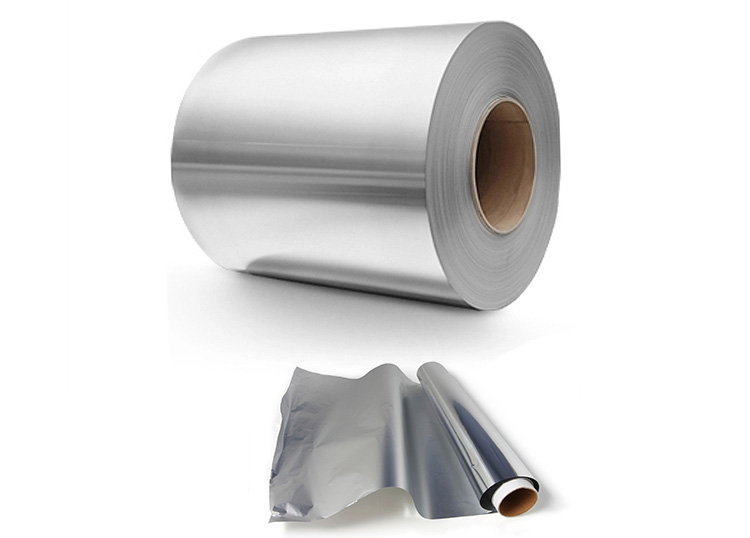
What is Household Aluminum Foil?
Household aluminum foil is a thin, flexible material made from either pure aluminum or aluminum alloys. It is commonly used for food preservation, cooking, baking, and packaging. The thickness of household aluminum foil typically ranges from 0.009mm to 0.2mm, making it suitable for a wide range of applications.
Key Features
- Flexibility: Aluminum foil is highly flexible, allowing it to conform to various shapes and surfaces.
- Strength: Despite its thinness, aluminum foil is surprisingly strong and resistant to tearing.
- Moisture Resistance: It is impervious to moisture, making it ideal for food storage.
- Heat Resistance: Aluminum foil can withstand high temperatures, making it perfect for cooking and baking.
Classification of Household Aluminum Foil
Household aluminum foil can be classified into several types based on its thickness, alloy composition, and intended use.
Types of Household Aluminum Foil
| Type |
Thickness Range |
Alloy Composition |
Uses |
| Regular Aluminum Foil |
0.009mm – 0.1mm |
Pure Aluminum |
General cooking and packaging |
| Heavy-Duty Aluminum Foil |
0.1mm – 0.2mm |
Aluminum Alloys |
Tough cooking and baking tasks |
| Special Coated Foil |
0.009mm – 0.1mm |
Aluminum with Coating |
Enhanced performance and functionality |
Key Household Aluminum Foil Alloys
The most commonly used alloys in household aluminum foil are AA8011, AA1235, and AA8079. Each alloy has unique properties that make it suitable for specific applications.
Alloy Profiles
| Alloy |
Composition |
Properties |
Applications |
| AA8011 |
High Purity Aluminum |
Soft, ductile, heat resistant |
Baking, cooking, general packaging |
| AA1235 |
Aluminum with small amounts of other elements |
High flexibility, corrosion resistance |
Pharmaceutical packaging, electronics |
| AA8079 |
High aluminum content |
Oxidation resistance, freshness preservation |
Beverage and dairy product packaging |
Uses of Household Aluminum Foil
Aluminum foil is a versatile material with a wide range of uses in and out of the kitchen.
Household Uses
- Food Packaging: Preserves freshness and prevents contamination.
- Cooking and Baking: Can be used to line baking sheets or wrap foods for cooking.
- Medical and Health: Used for packaging medical supplies and equipment.
- Arts and Crafts: Can be used to create decorative items and artwork.
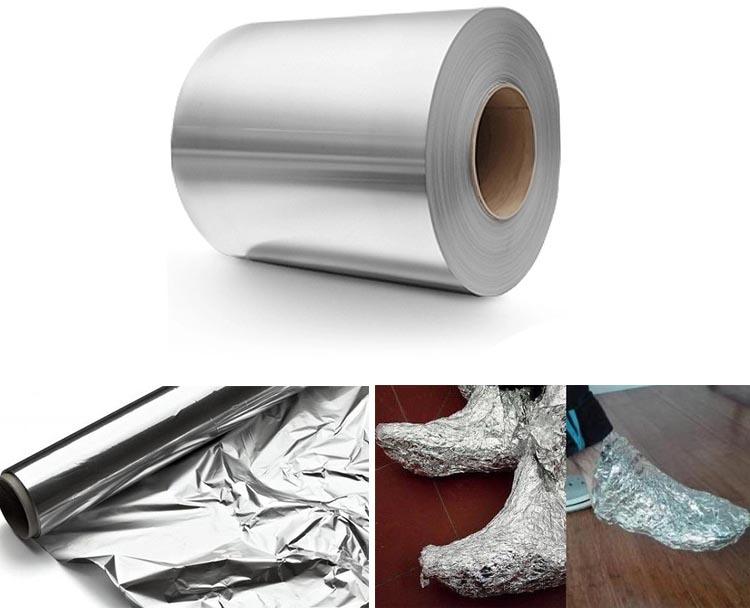
Thickness and Specifications
Understanding the thickness and specifications of aluminum foil is crucial for selecting the right product for your needs.
Thickness Guide
| Thickness (mm) |
Microns |
Description |
Typical Uses |
| 0.009 |
9 |
Very thin |
Wrapping delicate foods |
| 0.016 |
16 |
Standard household thickness |
General cooking and packaging |
| 0.02 |
20 |
Slightly thicker |
Heavy-duty cooking and baking tasks |
Product Specifications
| Product Name |
Application |
Alloy |
Temper |
Thickness (mm) |
Width (mm) |
| Container Foil |
Food Container |
3003/8011 |
O/H22/ H24 |
0.045 – 0.12 |
150 – 1300 |
| Household Aluminum Foil |
Food packing |
1235/8011 |
O |
0.01 – 0.02 |
150 – 1250 |
| Aluminum Foil for Hot Seal |
Bottle Hot Seal |
1050/1060/ 1070 |
H18 |
0.14 – 0.27 |
900 – 1100 |
Safety and Toxicity Concerns
One common concern about aluminum foil is whether it is safe to use when heated. While aluminum foil is generally safe, there are some precautions to keep in mind.
Safety Tips
- Avoid Acidic Foods: Do not use aluminum foil with acidic foods like tomatoes or citrus fruits.
- No Microwave Use: Do not use aluminum foil in the microwave as it can cause sparks and start a fire.
Choosing the Right Aluminum Foil
Selecting the appropriate aluminum foil for your needs can be a daunting task given the variety of options available. Here are some guidelines to help you make an informed decision.
Selection Criteria
- Thickness: Choose based on the intended use.
- Common Uses: Consider your typical cooking and packaging needs.
- Cost and Accessibility: Standard foil is usually more affordable and readily available.
- Selection Advice: Opt for heavy-duty foil for high-temperature applications or when extra durability is needed.
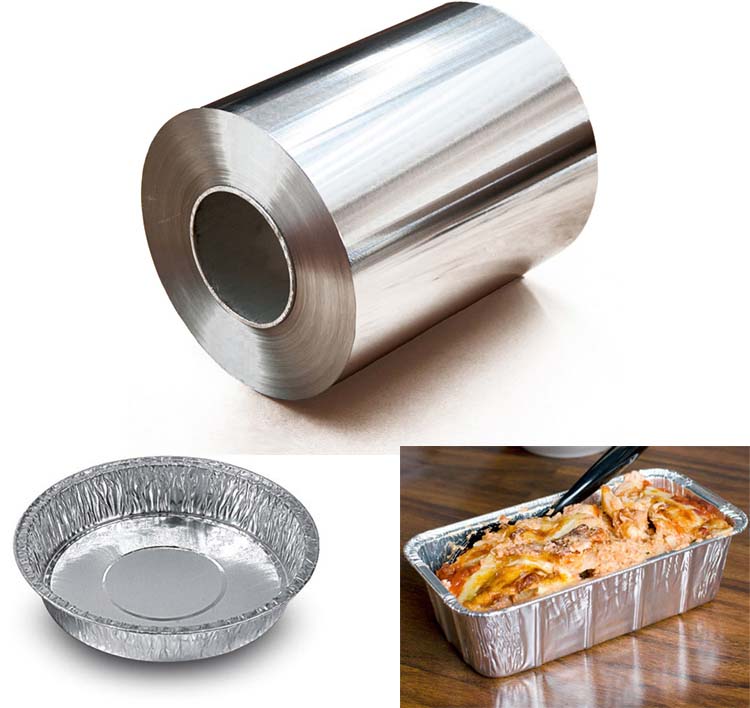
Frequently Asked Questions (FAQs)
To help you better understand household aluminum foil, we’ve compiled a list of frequently asked questions.
FAQs
- What gauge is household aluminum foil?
- Household aluminum foil typically has a thickness of around 0.016 mm (16 microns), which corresponds to a gauge of approximately 24 gauge.
- How thick is household aluminum foil?
- The standard thickness is about 0.016 mm (16 microns), but it can vary slightly depending on the brand and specific product.
